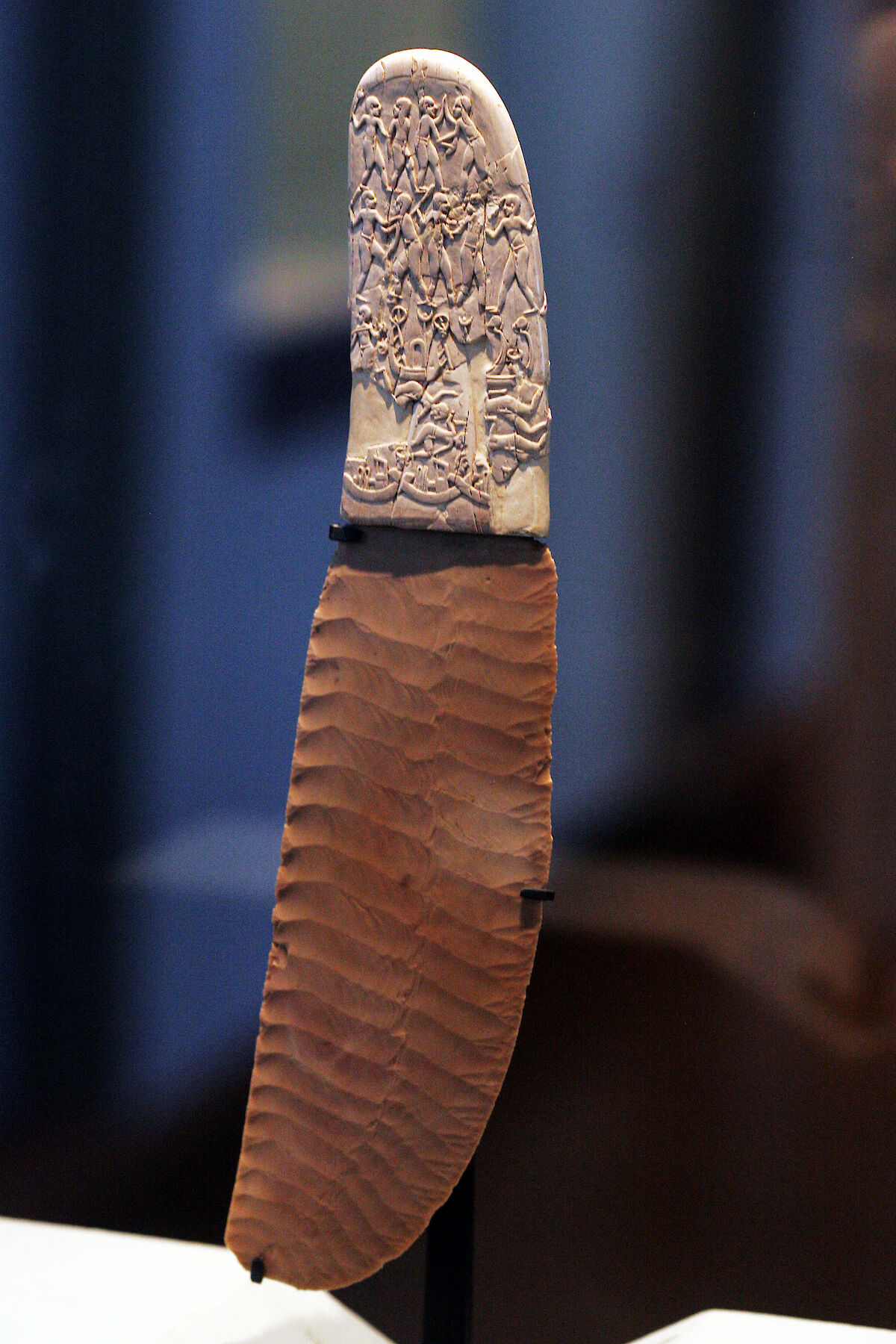Explore The Hidden Gems Of Arak: Unveiling Iran's Ancient And Enchanting City
Through extensive analysis and in-depth research, we've compiled this comprehensive guide to help you make informed decisions about exploring Arak's hidden treasures.
Transition to main article topics
FAQ
This section addresses common queries and misconceptions regarding Arak's rich cultural heritage and its historical significance.
Question 1: What are the must-visit historical sites in Arak?
Arak boasts an array of historical landmarks, including the majestic Chehel Sotoun (Forty Columns) Palace, a masterpiece of Safavid architecture; the intricate Jameh Mosque, dating back to the Seljuk era; and the impressive Grand Bazaar, a bustling hub of commerce and local craftsmanship.
Question 2: What cultural experiences are unique to Arak?
Arak is renowned for its traditional arts and crafts, such as intricate carpet weaving, delicate pottery, and exquisite metalworking. Visitors can immerse themselves in these time-honored practices through workshops and cultural performances.
Question 3: Is it safe for tourists to visit Arak?
Arak is a welcoming and hospitable city with a low crime rate. Tourists are encouraged to exercise caution as they would when traveling to any foreign destination, but they can generally feel safe and at ease during their stay.
Question 4: What is the best time of year to visit Arak?
Spring (April-May) and autumn (September-October) offer ideal weather conditions for exploring Arak's attractions. During these seasons, the temperatures are mild, and the city comes alive with vibrant colors.
Question 5: Are there any special festivals or events held in Arak?
Arak hosts several cultural festivals throughout the year, including the Arak International Carpet Festival, showcasing the city's renowned carpet-weaving traditions. Additionally, the Rosewater Festival in May celebrates Arak's role as a major producer of rosewater.
Question 6: What are the transportation options available in Arak?
Arak is well-connected by air, rail, and road. The Arak International Airport offers flights to major cities in Iran and beyond. Regular train services connect Arak to other parts of the country, and an extensive bus network provides convenient transportation within the city.
In conclusion, exploring the hidden gems of Arak offers visitors an opportunity to delve into Iran's rich history, appreciate its vibrant culture, and create lasting memories.
Transition to the next article section:
Tips
Arak, an ancient city steeped in history and charm, awaits exploration. Explore The Hidden Gems Of Arak: Unveiling Iran's Ancient And Enchanting City Uncover its secrets with these insightful tips:
Tip 1: Immerse Yourself in Ancient History
Embark on a journey through time at the Chehel Sotoun Palace, a masterpiece of Qajar architecture. Marvel at its intricate tilework and grand chambers, echoing the city's rich heritage.
Tip 2: Seek Literary Inspiration
Discover the legacy of Arak's literary giants at the Samad Behrangi House. Delve into the works of the celebrated writer and immerse yourself in the city's vibrant artistic atmosphere.
Tip 3: Explore Nature's Embrace
Venture into the Arasbaran Forest Biosphere Reserve, a sanctuary of biodiversity. Trek through verdant trails, marvel at waterfalls, and witness the beauty of nature that surrounds Arak.
Tip 4: Uncover Architectural Gems
Admire the grandeur of the Arak Grand Bazaar, a bustling hub of activity. Explore its intricate archways and narrow alleys, discovering hidden treasures and experiencing the city's vibrant commercial heart.
Tip 5: Savor Local Delicacies
Indulge in Arak's culinary delights. Sample the flavorful ash reshteh, a hearty noodle soup, and relish the sweet taste of halva, a traditional dessert. Immerse yourself in the city's gastronomic offerings.
These tips unlock the hidden gems of Arak, inviting you to experience its ancient splendor, literary legacy, natural beauty, architectural wonders, and culinary delights. A journey to Arak awaits, promising an unforgettable voyage through time and culture.
Explore The Hidden Gems Of Arak: Unveiling Iran's Ancient And Enchanting City
Arak, a historical Iranian metropolis, is a treasure trove of unseen gems that encapsulate the ancient Persian legacy and timeless allure. Delving into the city's very essence, this exploration unveils six key aspects that bring to life the hidden beauty and profound significance of Arak.
- Architectural Grandeur
- Spiritual Serenity
- Cultural Legacy
- Natural Splendor
- Local Delights
- Modern Innovation

Gebel el-Arak Knife, Ancient Egypt | Obelisk Art History - Source arthistoryproject.com
These aspects intertwine seamlessly, forming a captivating tapestry that invites travelers to delve deeper into the heart of Arak. The city's grand mosques and palaces showcase intricate architectural details, while sacred shrines provide solace and spiritual rejuvenation. Its museums and cultural centers preserve a rich legacy of art, music, and literature. Surrounding Arak are verdant gardens and pristine lakes, offering respite from the urban landscape. Local cuisine tantalizes taste buds with traditional flavors, while modern amenities and infrastructure ensure a comfortable and connected stay. Arak's hidden gems are not merely attractions but windows into the city's vibrant past, present, and future, enticing visitors to uncover the true essence of this ancient and enchanting Iranian city.

Arak Jung : An Ancient Balinese Tradition of Herbal Healing - NOW! Bali - Source www.nowbali.co.id
Explore The Hidden Gems Of Arak: Unveiling Iran's Ancient And Enchanting City
Exploring the hidden gems of Arak provides a gateway into Iran's rich cultural and architectural heritage. This ancient city, known as the "City of Roses," boasts a plethora of historical monuments, traditional bazaars, and alluring natural landscapes, making it an enticing destination for travelers seeking authenticity and cultural immersion. The connection between exploring these hidden gems and understanding Iran's history, art, and culture is profound.

Unveiling Bali: Explore the Hidden Gems of the Island Stock Image - Source www.dreamstime.com
Uncovering the hidden gems of Arak sheds light on the architectural brilliance of the Safavid and Qajar eras, as exemplified by the exquisite Chehel Sotoun Palace and the grand Bazaar of Arak. These architectural masterpieces showcase intricate tilework, stunning frescoes, and unique structural designs, offering insights into the artistic traditions and craftsmanship of the past. Moreover, exploring the city's historical sites, such as the ancient fire temple of Takht-e Soleiman and the majestic Caravanserai of Shah Abbasi, provides a glimpse into Iran's pre-Islamic and Islamic heritage, revealing the diverse cultural influences that have shaped the country.
Furthermore, immersing oneself in Arak's vibrant street life and traditional bazaars unveils the essence of Persian hospitality and craftsmanship. The city's bazaars are a treasure trove of local handicrafts, carpets, spices, and culinary delights, offering a unique opportunity to interact with artisans and learn about traditional production techniques. Engaging with the locals provides a deeper understanding of the warm and welcoming nature of the Iranian people, dispelling stereotypes and fostering cultural exchange.
Practical applications of understanding this connection extend beyond tourism, contributing to the preservation and revitalization of cultural heritage. By raising awareness of the historical and cultural significance of Arak's hidden gems, it encourages efforts to conserve and restore these architectural treasures. Additionally, promoting the city's cultural assets fosters a sense of pride among locals, contributing to community development and sustainable tourism practices.
| Feature | Contribution |
|---|---|
| Architectural Masterpieces | Showcase artistic traditions, craftsmanship, and historical influences |
| Historical Sites | Provide insights into Iran's pre-Islamic and Islamic heritage |
| Vibrant Street Life and Bazaars | Reveal Persian hospitality, craftsmanship, and cultural exchange |
| Preservation and Revitalization Efforts | Foster heritage conservation, community development, and sustainable tourism |
